Many stories center around a father who is out to protect his children, no matter the danger and perils in front of him. It’s a classic tale, but it works. And at its core, Resident Evil Village is about RE7’s protagonist Ethan Winters’ singular focus to save his daughter, Rose, from supernatural forces hellbent on using her hidden power. Everything that happens on his way there, there, and anything but ordinary. Unless, that is, you’ve played Resident Evil’s unique brand of dark, creepy, and even campy adventure before.
The horror in Resident Evil Village feels iconic and in line with previous Resident Evil games, especially the darker and less action-oriented outings like 4, 7, and the remake of 2. But there are enough new tricks in the old hat to make even the most steadfast players jump. The game doesn’t try to catch you off guard with cheap jump scares.
Instead, Village earns its screams through visceral terrors and legitimate fears for the characters’ safety and well-being. (For instance, if you’ve got a thing for dolls, you might need to stay away.) Nearly everything in Village feels like an improvement from previous games, at least on a systems and gameplay level, and it makes for a surprisingly rewarding and satisfying adventure from beginning to end.
The hunt for Rosemary
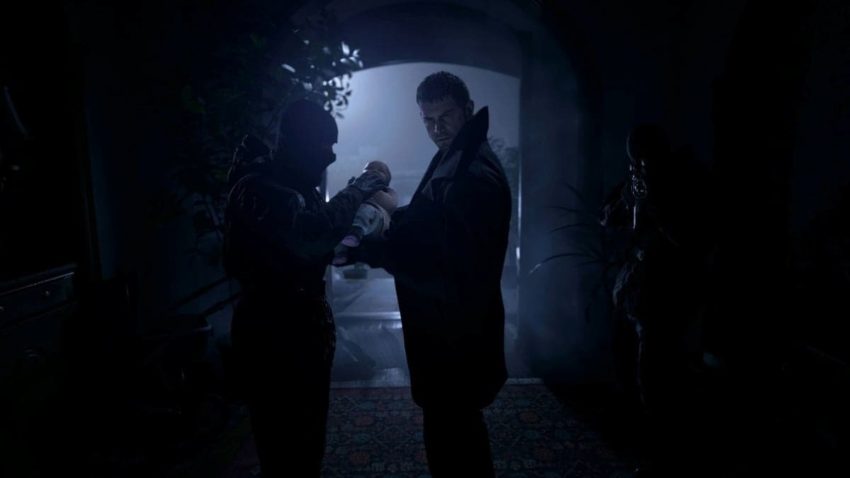
Resident Evil Village is Ethan’s story, and it follows after Resident Evil 7, picking up several years after the end of that game. Ethan and his family have been moved to an undisclosed location overseas but are forced to run when a returning Resident Evil protagonist, Chris Redfield, appears to try and protect them but fails. Ethan’s child, Rose, is discovered to have been taken, forcing Ethan into a nearby village. There, the four lords, led by Mother Meranda, plan to use Rose for her unusual powers, forcing Ethan to fight through each of them to save her.
Each of the lords has a unique power and theme, with the first being Lady Dimitrescu, the tall vampire woman with whom the internet has been particularly thirsty over since she made her first appearance in promo material months ago. The developers were clearly unaware of how popular the character was going to become, or they would have utilized her more, for better or for worse. That being said, her segment of the game is memorable, and discovering the other lords and facing off against their unique powers was a delightful treat I hadn’t expected to enjoy.
The combat steadily ramps up as you explore each area, giving you more significant threats to battle with a better armament. By the end, it feels like you have the arsenal fit for a small army, and the game shifts from creepy to more of an action-adventure as you plow toward the finale at a breakneck pace. The story leading up to the final battle answers several questions players may have had in Resident Evil 7, and it surprisingly even provides context to some earlier Resident Evil games for the fans who have been with the franchise since the beginning. There’s also somewhat of a hint as to where the next entry could go in a post-credits scene, so be sure to stick around for that.
Blending old with new
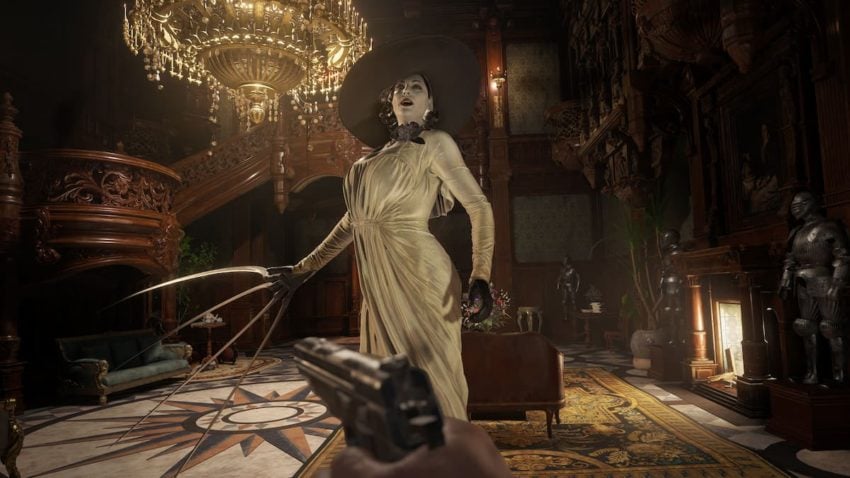
Resident Evil Village finds clever ways to make small callbacks to previous games, blending old systems and giving them a new face. One shining example of this is inventory management, where weapons and equipment are kept separate from crafting materials. It’s a simple change that significantly benefits the overall experience.
Where old and new truly blend is in the narrative, tying the importance of Resident Evil Village’s characters and story into other games in the franchise. It’s a welcome journey for veterans who obsess over this sort of thing, giving tiny morsels of information through lore, dialogue, and notes you discover naturally, but it doesn’t leave new players too far in the dust either.
Courting these old concepts with new ideas is a delicate balance. You experience some of the same tropes, like shooting at the big red spot on the boss, and the supernatural creatures are all explained away with the justification of pseudoscience that you can only read on someone’s conspiracy blog website. The ending leaves you with enough questions to remain curious about the future and the fate of the characters.
The biggest disappointment is the boss fights. They rarely stray away from the previous Resident Evil fights where you aim for the weak spot or just keep shooting it until the thing dies. There’s one boss fight where you have to find the boss among hidden objects, but it’s the only instance of things being changed up, and realizing that quickly snuffed any hopes I had about continuing variety. I had a taste of something different, and I liked it, but Village took it away before I could ask for a second helping.
A brief stay
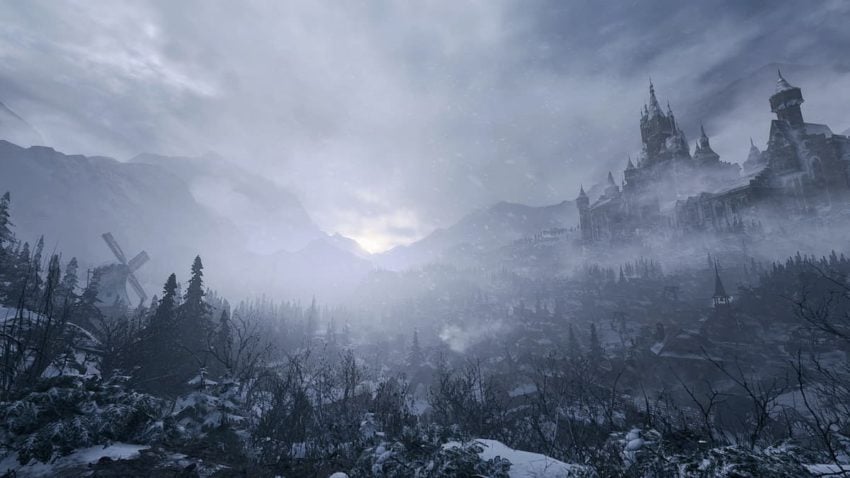
Though some may see the game’s length as a negative, I think a massive benefit to Village is that it doesn’t keep you for too long. It’s a sizable 10-hour journey from start to finish for most playthroughs, which is just enough time to thoroughly enjoy everything about the game without feeling you’ve been at the same place for too long. It hasn’t been padded out with collectibles or side quests just to increase the play counter.
Perhaps the Covid-19 pandemic had an effect on the game’s overall length, but it’s an enjoyable adventure most will pick up and finish in a weekend and maybe return to in the future at a more challenging difficulty or to relive the story. Not every game has to be 60 hours long, and Village nods toward that.
That’s not to say there’s nothing to do. There are things to find, weapon mods to acquire, and drawers to lockpick. There’s an element of Metroidvania here, where you have to come back later with the right tool to access a section that was previously unavailable. If you want to explore, there’s exploring to do. My time with the game was a solid weekend front to back before I set it down, and that’s not a bad thing.
The verdict
Resident Evil Village succeeds by improving on previous games while still relying on a traditional Resident Evil zombie experience. Previous iterations have already developed the formula, and it works, but small, enjoyable changes made turn Village into a standout title for me. Most of the time it’s not as Blair Witch-y as Resident Evil 7, instead reminding me more of Resident Evil 4, with castles, villages, sewers, and graveyards to venture through.
Village doesn’t reinvent the wheel for the Resident Evil franchise, but it’s shaved down some of the more annoying parts that lingered from previous titles. It offers a satisfying story from start to finish, and there are plenty of scares. The biggest downside is the lack of boss fight mechanics, but you won’t be thinking about that too much as you move between locations, keeping track of how few bullets you have left.
Final score:
8 / 10
| + | Satisfying narrative full of twists and turns |
| + | Complicated combat that rewards patience and skill |
| + | Rewarding visceral horror that doesn’t rely on jump scares |
| + | Does all the Resident Evil things right |
| – | Little boss variety that makes climatic fights feel wasted |

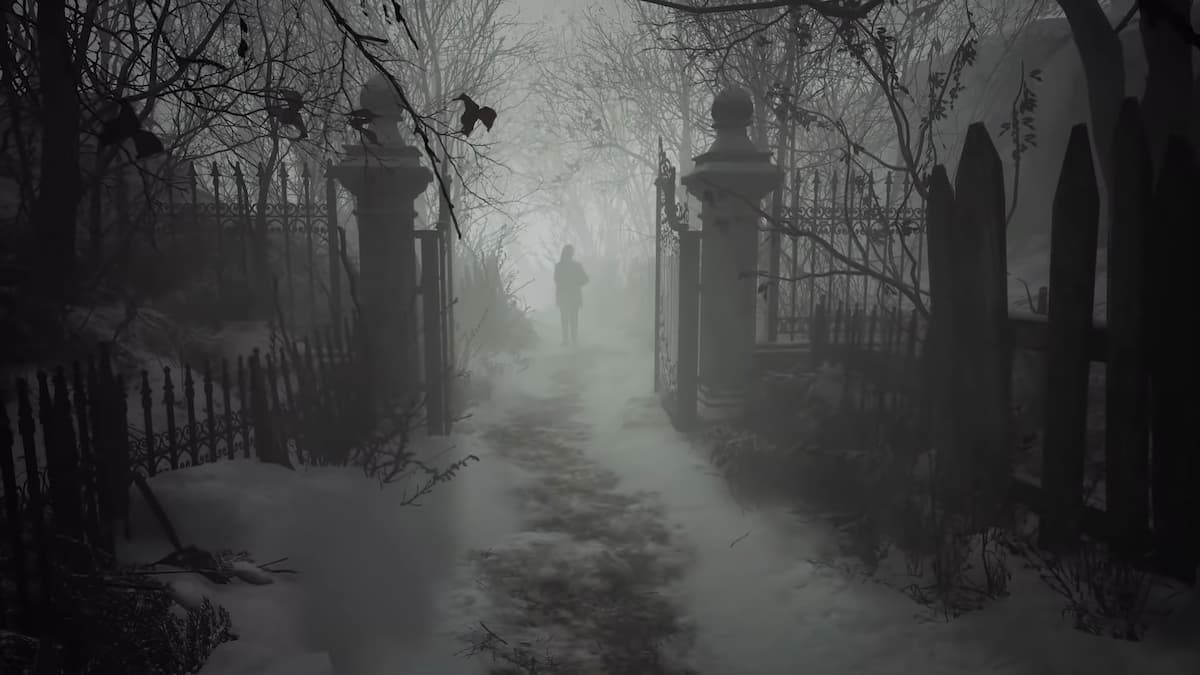

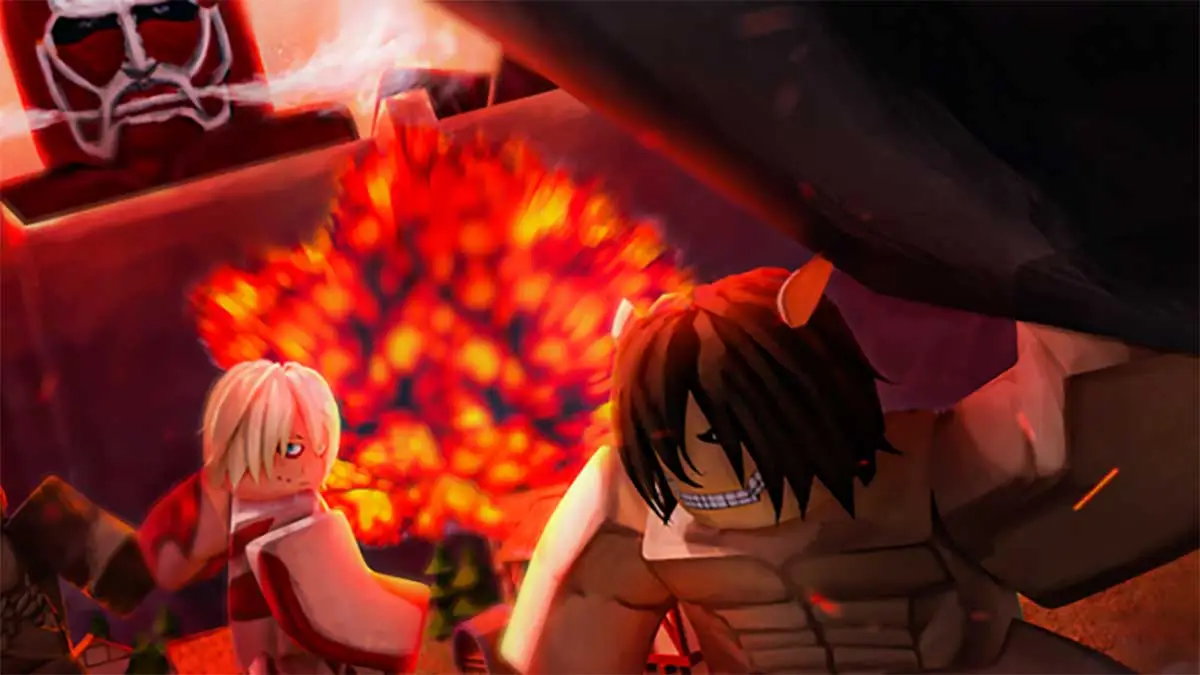


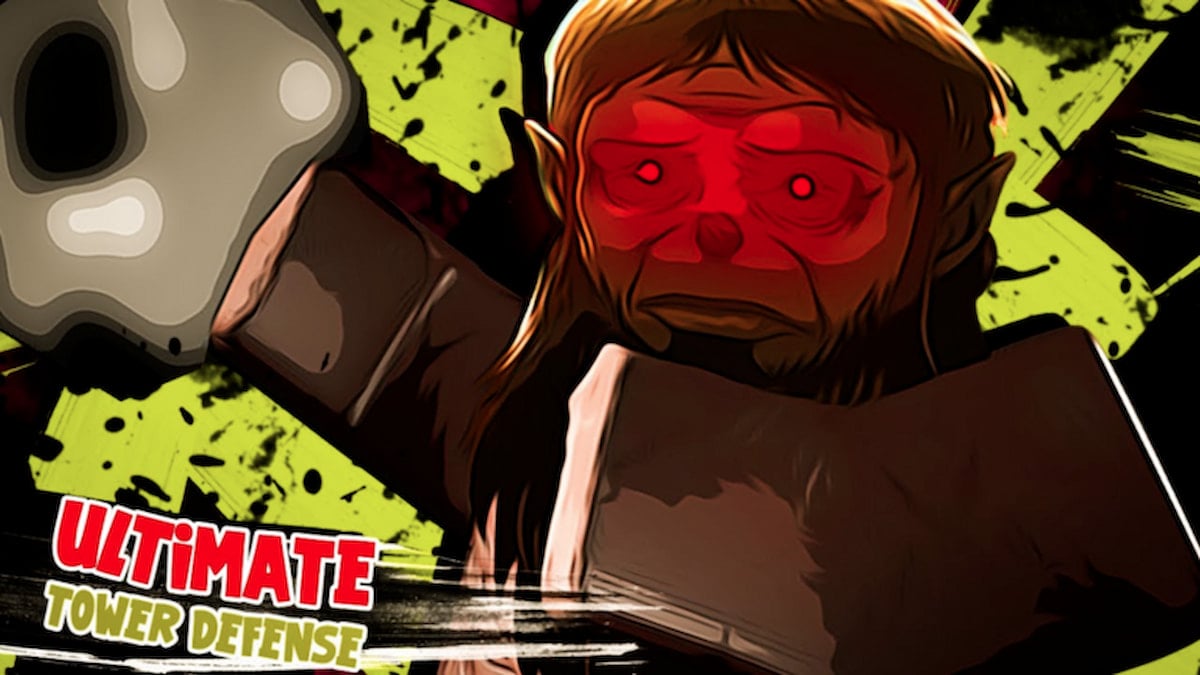
Published: May 7, 2021 02:00 pm